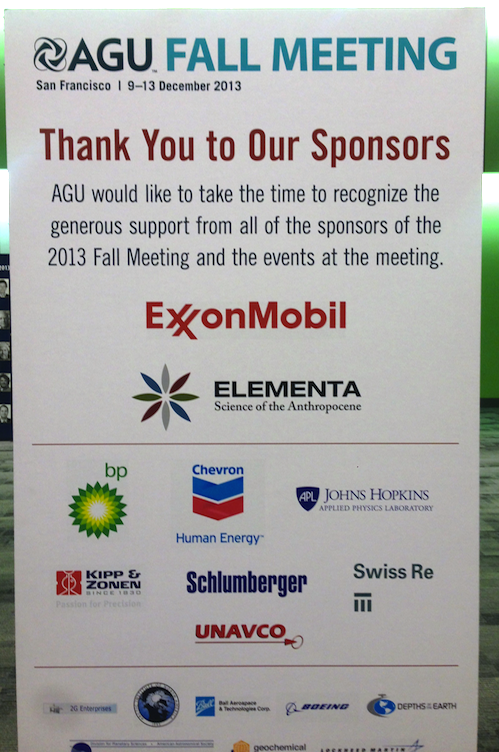 The annual conference of the American Geophysical Union (AGU), the top meeting of the world’s climate science community, enjoys the “generous support” of the world’s largest greenhouse polluters, including ExxonMobil, Chevron, and BP. The AGU’s annual meeting in San Francisco each December is the world’s largest gathering of earth scientists, at more than 20,000 attendees, ranging from physical climatologists to petroleum geologists. This December 9-13, AGU’s sponsors were prominently displayed on its website and on posters in the conference halls with the headline, “Thank You To Our Sponsors”:
The annual conference of the American Geophysical Union (AGU), the top meeting of the world’s climate science community, enjoys the “generous support” of the world’s largest greenhouse polluters, including ExxonMobil, Chevron, and BP. The AGU’s annual meeting in San Francisco each December is the world’s largest gathering of earth scientists, at more than 20,000 attendees, ranging from physical climatologists to petroleum geologists. This December 9-13, AGU’s sponsors were prominently displayed on its website and on posters in the conference halls with the headline, “Thank You To Our Sponsors”:
AGU would like to take the time to recognize the generous support from all of the sponsors of the 2013 Fall Meeting and the events at the meeting.
The top sponsor credited was ExxonMobil; second-tier sponsors included BP, Chevron, and drilling services giant Schlumberger.
The prominent “thank you” given to the companies that profit from the disruption of our climate system received condemnation from some public commenters.
“Nausea-inducing greenwashing: Pukewashing,” tweeted climate and energy blogger Lou Grinzo.
“The cognitive dissonance is mind-boggling,” wrote geology student Ryan Brown.
The union recognizes that the sponsorship is designed to influence its attendees; in promotional materials AGU says sponsorship will “build your brand and create [a] positive link in the attendees’ minds” and “recruit new scientists, enhance your corporate image, show support, and raise your visibility among the scientific community.”
In August 2013, AGU declared that “human-induced climate change requires urgent action.” The AGU Climate Change Position Statement clearly implicates “fossil fuel burning” as the dominant factor in “threats to public health, water availability, agricultural productivity (particularly in low‐latitude developing countries), and coastal infrastructure,” and “no uncertainties are known that could make the impacts of climate change inconsequential.”
The statement was developed by a 14-person panel chaired by Texas A&M climatologist Gerald North. Thirteen of the 14 members voted to approve the strong statement; famous climate skeptic Roger Pielke Sr. dissented. (Pielke’s son, Roger Pielke Jr., is a political scientist who argues as a pundit that climate change does not require societal action.)
Hill Heat sent email messages to the members of the AGU panel asking if they had concerns about AGU accepting funding from the fossil-fuel industry, including companies that have an extensive history of funding attacks on climate science and political opposition to the regulation of carbon emissions.
“Frankly, I have never thought about this,” Dr. North, the panel chair, replied. He noted that many AGU scientists are employed by the extractive industries, and said he would be concerned only if he had seen the AGU’s work being corrupted by fossil-fuel money:
Many AGU members work in the oil and gas industries as well as the coal industry. I suppose the AGU could be corrupted by these elements, although I have no evidence (that I know of) of this having happened in the past. AGU Committees I have served on have shown no evidence of nefarious inputs or pressures. Usually, the first meeting of an AGU Committee there is a conflict of interest session in which all tell of any matters that might be construed as a conflict of interest. This was the case with the Committee I chaired.
“So far I have no reason to object to these contributions so long as AGU Committees can operate without interference,” Dr. North continued. “It’s a little like universities taking such donations. For example, my university Texas A&M accepts many contributions from them and I have never felt any pressure from any university official or Texas government official. There has to be a ‘wall’ of separation between donors and what is done with their money. For example, at the University donors of endowed chairs have no say in who the chair goes to.”
Fellow panelist Kevin Trenberth, Distinguished Senior Scientist in the Climate Analysis Section at the National Center for Atmospheric Research in Boulder, Colo., related a similar sentiment to Hill Heat.
“Fossil fuels exist and will continue to do so,” Trenberth wrote. “Many of the companies have diversified into other areas of energy. So that alone is not a reason for inappropriateness. In addition a big part of AGU is geophysics and geology. Several companies have also declared that they have good intentions and no longer fund mis-information. I am not sure how well that bears up to scrutiny. But in general, yes, AGU should accept funding from the fossil fuel industry, as long as it has no strings attached. And they can use the funds to push back if warranted.”
Sylvia Tognetti, an environmental science and policy consultant who is not an AGU member, told Hill Heat she does not believe it is appropriate to AGU to accept fossil-fuel industry sponsorship. “I expect that a campaign on this issue would be a difficult one, given the schizophrenic relationship that exists between science and policy,” she wrote in an e-mail. “But bringing attention to these contradictions might just provoke an important dialogue on the role of science for the public good.”
According the AGU Fall Meeting Sponsorship Prospectus, “Sponsorship at the AGU Fall Meeting is a cost-effective way of branding your company, your products, and your services to more than 20,000 geophysical and space scientists.” The prospectus notes that “Sponsorship can increase your corporate/product awareness, build your brand, and create positive link in the attendees’ minds between you and an activity in support of their science.” The top “gold” sponsorship level costs a minimum of $15,000.
In the 2012 Fall Meeting Sponsorship Prospectus, AGU says that Chevron and Exxon Mobil are companies which “realize the benefit of sponsorship with the AGU,” as a “cost effective, high profile tool your company can use to recruit new scientists, enhance your corporate image, show support, and raise your visibility among the scientific community.”
The AGU conference also advised climate scientists on effective communication, with presentations such as “400ppm CO2 : Communicating Climate Science Effectively with Naomi Oreskes and multiple presentations by John Cook, Stephan Lewandowsky, Susan Hassol, and Dana Nuccitelli.
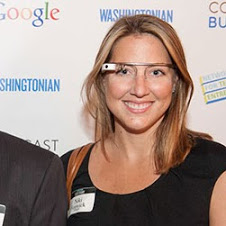
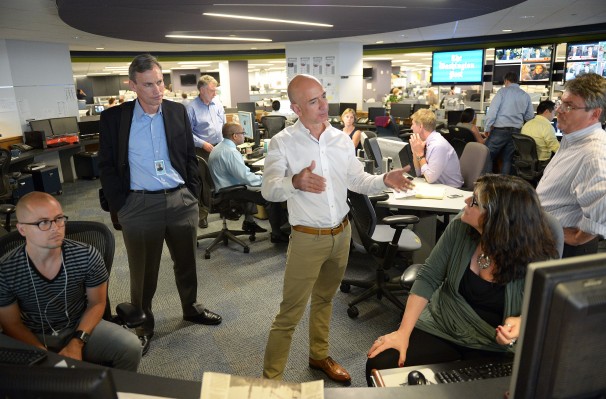 The Volokh Conspiracy, a blog of climate conspiracy theorists, is now part of the Washington Post.
The Volokh Conspiracy, a blog of climate conspiracy theorists, is now part of the Washington Post. President Barack Obama evidently does not believe that fossil-fueled global warming is a nation-threatening crisis, despite repeated scientific warnings that a full-scale mobilization must be enacted now to avert global catastrophe. At the top of his list for accomplishments before the end of his term, instead of a redirection of the national and global economy towards rapid decarbonization, is the goal of beginning “the process of rebuilding the middle class and the ladders into the middle class.”
President Barack Obama evidently does not believe that fossil-fueled global warming is a nation-threatening crisis, despite repeated scientific warnings that a full-scale mobilization must be enacted now to avert global catastrophe. At the top of his list for accomplishments before the end of his term, instead of a redirection of the national and global economy towards rapid decarbonization, is the goal of beginning “the process of rebuilding the middle class and the ladders into the middle class.”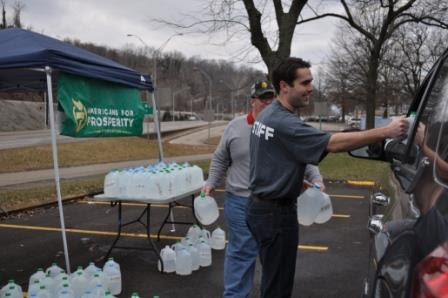 In the wake of a coal-industry chemical spill that contaminated the water supply of over 300,000 West Virginians, a Koch Industries political operation stepped in. The spill into Elk River of
In the wake of a coal-industry chemical spill that contaminated the water supply of over 300,000 West Virginians, a Koch Industries political operation stepped in. The spill into Elk River of 
 The annual conference of the American Geophysical Union (AGU), the top meeting of the world’s climate science community, enjoys the “generous support” of the world’s largest greenhouse polluters, including ExxonMobil, Chevron, and BP. The
The annual conference of the American Geophysical Union (AGU), the top meeting of the world’s climate science community, enjoys the “generous support” of the world’s largest greenhouse polluters, including ExxonMobil, Chevron, and BP. The 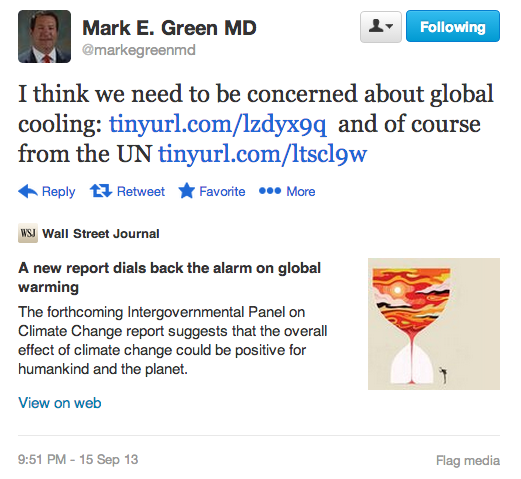
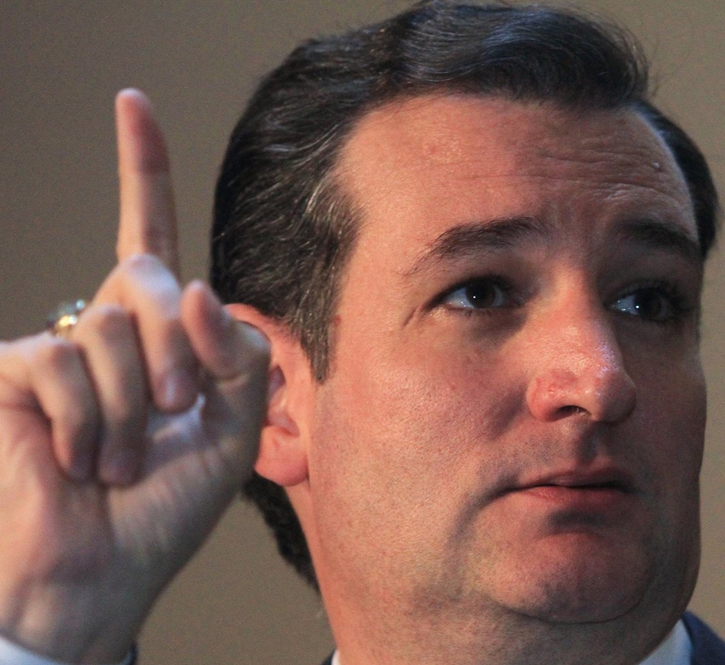 Freshman Sen. Ted Cruz (R-Texas) rejects the science of man-made climate change. In a
Freshman Sen. Ted Cruz (R-Texas) rejects the science of man-made climate change. In a